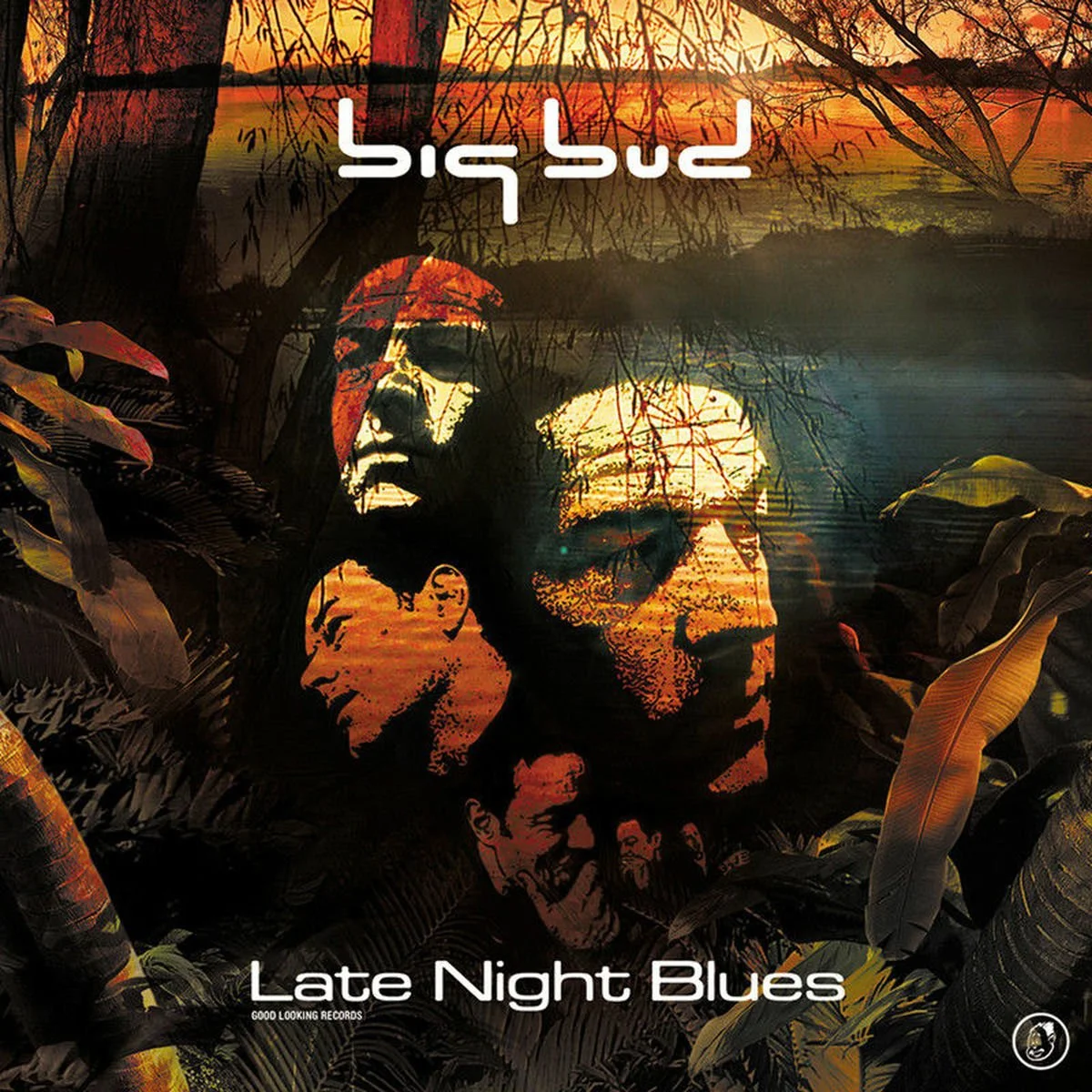Big Bud x Weldon Irvine: A Jazz Legend Enters Drum & Bass
In this piece, Strategy speaks directly with Big Bud about his collaborations with Weldon Irvine — and the magic of being in the studio that day.
Few musicians bridged worlds quite like Weldon Irvine — a jazz-funk visionary whose compositions carried both social weight and sonic experimentation. From co-writing To Be Young, Gifted and Black with Nina Simone to shaping the sample palette later flipped by A Tribe Called Quest, Pete Rock, and Jay-Z, his music became a hidden backbone of hip hop.
In 1999, that journey unexpectedly reached the UK drum & bass scene through a rare collaboration with producer Big Bud.
Weldon Irvine on Big Bud’s Late Night Blues (Good Looking Records)
How did you first connect with Weldon?
“One of the guys who worked for Good Looking, Malachi, went to a Mos Def gig in London. Weldon was playing keys on that tour. Malachi asked if he’d be up for a collab, and he said yes. Next thing I know, I’m getting a call: ‘How would you like to go in the studio with jazz legend Weldon Irvine?’ You don’t say no to that.”
What was that first session like?
“I was nervous, to be honest. We started on a 120bpm Latin house vibe — too fast for him. Then I pulled up a hip-hop drum loop and bassline. He jumped on the Rhodes, started vibing, and asked for pen and paper. Suddenly he’s writing a rap. I chopped up his Rhodes parts, looped it, and he just said, ‘Damn, that’s funky.’ From that moment we clicked. That became Return of the Spiritman. Then we built Persian Blues the same day.”
Big Bud, UK drum & bass producer
To understand the weight of that moment, here’s a concise timeline of Weldon Irvine’s life and legacy — showing how his path led to that unlikely meeting in a UK drum & bass studio.
Weldon Irvine: A Life in Music
(A quick timeline to frame the Big Bud session)
1943
Born in Hampton, Virginia, USA. Early life rooted in church and gospel traditions.
––––––––––––––––––––––––––––––––––––––––––––––––––––––––––––––––––
1965
Moves to New York. Begins working as pianist and arranger in the jazz scene.
––––––––––––––––––––––––––––––––––––––––––––––––––––––––––––––––––
1969
Writes the lyrics for To Be Young, Gifted and Black with Nina Simone — one of the era’s defining civil rights anthems.
––––––––––––––––––––––––––––––––––––––––––––––––––––––––––––––––––
1972
Releases debut album Liberated Brother, fusing jazz, funk, and political commentary.
––––––––––––––––––––––––––––––––––––––––––––––––––––––––––––––––––
1976–1980s
Independent releases such as Sinbad and The Sisters gain cult status among collectors.
––––––––––––––––––––––––––––––––––––––––––––––––––––––––––––––––––
1990s
Irvine’s work is rediscovered and sampled by producers including A Tribe Called Quest, Pete Rock, and Jay-Z.
––––––––––––––––––––––––––––––––––––––––––––––––––––––––––––––––––
1999
Collaborates with UK drum & bass producer Big Bud, bridging jazz heritage with electronic underground.
––––––––––––––––––––––––––––––––––––––––––––––––––––––––––––––––––
2002
Passes away aged 59, leaving behind a vast catalogue that continues to inspire across genres.
––––––––––––––––––––––––––––––––––––––––––––––––––––––––––––––––––
Any standout memories of Weldon himself?
“He told me stories about working with Nina Simone. He was late to his first audition. Nina told him to jump in, so he sat at the piano and played a chord. She stopped the band and said, ‘You’re hired.’ Hearing him talk about Nina, Malcolm X, and all the jazz legends he was friends with — it was surreal.”
What happened after the session?
“He flew back to the States, but we stayed in touch. I sent him the tracks and he really liked them. He told me he played them to Q-Tip, who was having piano lessons with him at the time — and Q-Tip loved it. He even asked who the band was, and Weldon just laughed and said, ‘It’s just a white kid in his bedroom in England!’ That still makes me smile.”
Released via Good Looking Records
Looking back now, how do you see that collaboration?
“For me, Return of the Spiritman wasn’t just another track. It was proof that drum & bass could sit in the same lineage as jazz and hip hop — that we weren’t separate scenes, but part of the same story. Weldon carried himself with such openness, and he treated me as an equal. That kind of generosity stays with you. It was a privilege I’ll never forget.”
Looking back, this session wasn’t just a meeting of two musicians — it was a moment where drum & bass proved its place in the continuum of music history. Weldon carried the lineage of Coltrane, Simone, and countless others; Big Bud carried the energy of a new UK underground. “Return of the Spiritman” sits at that intersection, a reminder that when genres collide with respect and imagination, the result can be timeless. At Conduct, these are the stories we chase: the hidden sessions, the overlooked links, the cultural bridges that still shape how we listen today.
For the bigger picture, read our feature on Weldon Irvine’s life and legacy — from Nina Simone to Jay-Z — and see how his influence continues in today’s underground, where jazz, soul, and bass still intertwine.


